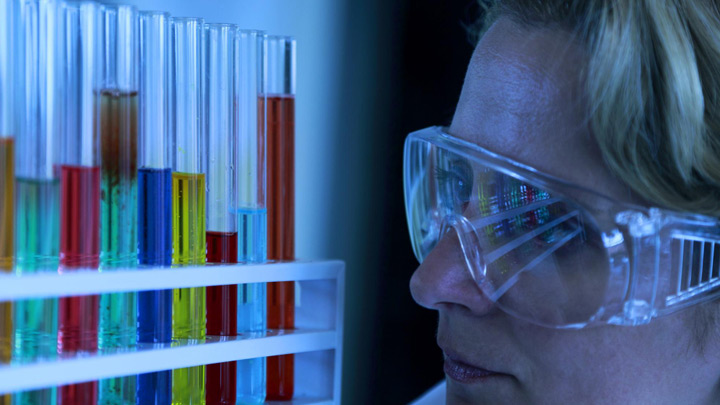Essential Insights on Shelf Life Testing: What You Need to Know
Testhub Laboratories’ comprehensive guide on shelf life testing. Understanding and determining the shelf life of your products is crucial for ensuring quality, safety, and customer satisfaction. In this blog, we’ll delve into the importance of shelf life testing, the methods involved, and how Testhub Laboratories can assist you in this critical process.
What is Shelf Life Testing?

Shelf life testing is a process used to determine the period during which a product remains safe, effective, and suitable for consumption or use. It involves evaluating various factors that can affect the product’s quality over time, such as environmental conditions, packaging, and ingredients.
Why is Shelf Life Testing Important?
- Safety and Compliance: Ensuring that products remain safe to use or consume until the end of their shelf life is essential for consumer safety and regulatory compliance.
- Quality Assurance: Shelf life analysis helps maintain the quality and effectiveness of products, ensuring they meet the standards expected by consumers.
- Economic Efficiency: Accurate shelf life testing can help optimize inventory management and reduce waste, leading to cost savings for manufacturers.
How to Determine Shelf Life of a Product
Determining the shelf life of a product involves several steps:
- Identify Factors Affecting Shelf Life: These can include temperature, humidity, light exposure, and packaging materials.
- Choose Testing Methods: Various methods can be used to evaluate shelf life, including accelerated shelf life methods and real-time aging studies.
- Conduct Tests: Perform tests under controlled conditions to simulate the product’s storage environment.
- Analyze Data: Use the collected data to assess the product’s stability and predict its shelf life.
Shelf Life Testing Methods
- Real-Time Shelf Life Testing: This method involves storing the product under typical conditions and periodically testing it over time. While accurate, it can be time-consuming.
- Accelerated Shelf Life Method: This approach speeds up the aging process by exposing the product to harsher conditions, such as higher temperatures and humidity levels. The results are then extrapolated to predict the product’s shelf life under normal conditions.
- Microbial Testing: Evaluating the growth of microorganisms over time helps ensure the product remains safe for consumption.
- Chemical and Physical Analysis: Testing for changes in chemical composition and physical properties can indicate product degradation.
Why Choose Testhub Laboratories for Shelf Life Testing?
At Testhub Laboratories, we offer comprehensive shelf life testing services to help you ensure the quality and safety of your products. Here’s why you should choose us:
- Expertise and Experience: Our team of experts has extensive experience in conducting shelf life analysis for a wide range of products, from food and beverages to cosmetics and pharmaceuticals.
- State-of-the-Art Facilities: Our laboratories are equipped with advanced technology and equipment to perform accurate and reliable shelf life tests.
- Customized Solutions: We tailor our testing methods to suit the specific needs of your product, ensuring the most relevant and precise results.
- Regulatory Compliance: We help you navigate complex regulatory requirements, ensuring your products meet all necessary standards for safety and quality.
Conclusion
Understanding how to determine the shelf life of a product is essential for maintaining quality, safety, and customer satisfaction. Whether you’re looking to conduct real-time testing or use the accelerated shelf life method, Testhub Laboratories has the expertise and resources to support you every step of the way.






